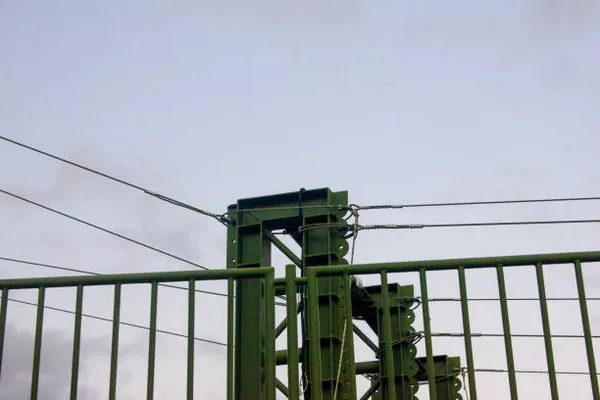Transformers play a crucial role in electrical systems, efficiently transferring electrical energy between circuits through electromagnetic induction. Typically designed for alternating current (AC), transformers are not suited for direct current (DC) operation. When DC is applied to a transformer, it can lead to various adverse effects, potentially causing damage to the transformer and other connected equipment. This article explores the consequences of applying DC supply to transformers, the mechanisms behind these effects, and strategies to mitigate them.
Understanding Transformers
Before delving into the impact of DC supply, it’s essential to grasp the fundamentals of transformers. A transformer comprises two or more coils of insulated wire, known as the primary and secondary windings, wound around a common magnetic core. When an AC voltage is applied to the primary winding, it induces a varying magnetic field in the core, which, in turn, induces a voltage in the secondary winding. This process allows for voltage transformation, stepping up or stepping down the voltage level as required.
Effects of DC Supply on Transformers
When DC is applied to a transformer, several adverse effects manifest, primarily due to the absence of alternating magnetic fields:
Core Saturation: In an AC transformer, the magnetic flux in the core continually changes direction, ensuring that the core operates within its linear magnetic region. However, in the presence of DC, the core can saturate, meaning it reaches its maximum magnetic flux density. Saturation leads to increased core losses, reduced efficiency, and excessive heating.
Increased Core Losses: Core losses, consisting of hysteresis and eddy current losses, escalate when DC is applied. Hysteresis losses occur due to the repeated magnetization and demagnetization of the core, while eddy current losses result from induced currents circulating within the core material. These losses contribute to decreased transformer efficiency and can result in overheating.
Heating and Thermal Stress: The presence of DC causes uneven distribution of magnetic flux within the transformer core, leading to localized heating. This thermal stress can degrade the insulation materials, reducing the transformer’s lifespan and reliability. Over time, sustained heating can cause insulation breakdown and potentially lead to short circuits or even catastrophic failure.
DC Offset in Output: Transformers are designed to provide isolated AC output. However, when DC is applied, it introduces a DC offset in the output voltage, which can be problematic for sensitive electronic devices or equipment connected to the transformer’s secondary winding. The presence of DC offset can interfere with the proper functioning of such devices and may result in malfunction or damage.
Mitigation Strategies
While applying DC to transformers is generally undesirable, certain strategies can help mitigate its adverse effects:
Blocking Capacitors: Placing blocking capacitors in series with the primary winding can prevent DC from reaching the transformer core. These capacitors allow AC to pass while blocking DC, effectively isolating the transformer from the DC source.
Magnetic Biasing: Introducing a small DC bias to the transformer core through a separate winding or permanent magnet can mitigate core saturation effects. By biasing the core towards its linear region, magnetic flux variations caused by the AC signal remain within acceptable limits.
Specialized Transformers: Some transformers are specifically designed to handle both AC and DC currents. These transformers incorporate features such as special core materials, multiple windings, or auxiliary circuits to mitigate the adverse effects of DC supply.
Voltage Balancing Circuits: In applications where AC and DC supplies coexist, voltage balancing circuits can be employed to ensure that the transformer operates within its specified limits. These circuits adjust the AC voltage to counteract the effects of DC offset, maintaining the integrity of the output signal.
See also Why Step Up Transformer Is Used?
Conclusion
In conclusion, applying DC supply to transformers can have detrimental effects on their performance and longevity. Core saturation, increased losses, heating, and DC offset are among the key consequences of exposing transformers to DC. However, through the implementation of appropriate mitigation strategies such as blocking capacitors, magnetic biasing, specialized transformers, and voltage balancing circuits, the impact of DC supply can be minimized. It is crucial for engineers and technicians to understand these effects and employ suitable measures to ensure the reliable operation of transformers in diverse electrical systems.

